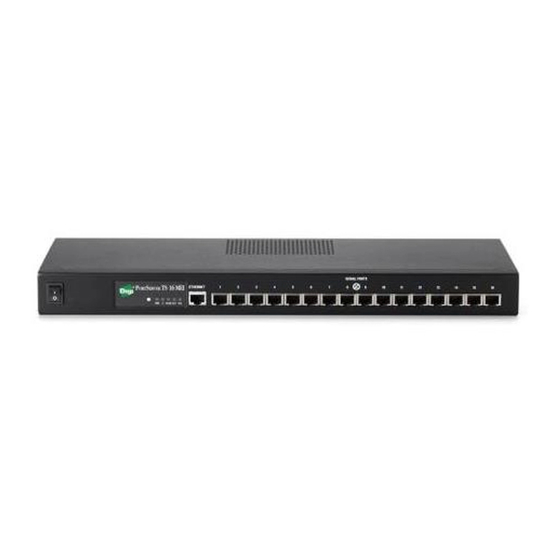
Table of Contents
Advertisement
Digi International
6400 Flying Cloud Drive
Eden Prairie, MN 55344
(612) 943-9020
Digi GmbH
Domkloster 1
50667 Köln
Germany
Digi Asia Pte Ltd
13-06 Tower 'A'
391A Orchard Road
Ngee Ann City
Singapore 0923
User's Guide and Reference Manual
for the
PortServer/8 and PortServer/16
Intelligent Network Terminal Servers
90028700B
Advertisement
Table of Contents

















Need help?
Do you have a question about the PortServer/8 and is the answer not in the manual?
Questions and answers